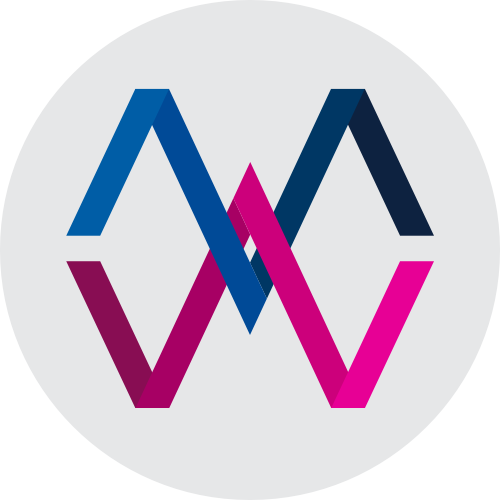For me, digital task management began with Microsoft Outlook somewhere in my “tween” years. By the time middle school came around, I was syncing it with a Windows Mobile PDA, awkwardly carrying it around wherever I could. Today, I find myself using Producteev to try and wrangle the myriad of to-do items that come with being a married MD/PhD student who has too many hobbies. I wrote a post about how I use the service that appeared on their blog, but since its helped me a great deal I thought I’d share a similar version here so more people I know could read it.
Producteev Everywhere
I use a number of different devices, so I interact with Producteev in just all about of its forms in the course of my day. On my desktop PC, I use the web interface and try to process anything I woke up remembering that I needed to accomplish. At school or in the lab, I use a MacBook Pro, and have recently fallen in love with the desktop app. It allows me to break Producteev out of the browser, sorting it to its own space and minimizing the ability of the rest of the internet to distract me while I am processing my tasks. Finally, on the go I use my smartphone, running the superior Android OS. Unfortunately there is currently no native Android app for Producteev, so I sync with Astrid—which is actually how I discovered Producteev in the first place.
Adapting GTD
I’m not a strict follower of Getting Things Done (GTD), but I am enamored with the idea of organizing and breaking down tasks into items with clear contexts and end points. Heavily inspired by this article, I set up a number of different context-related workspaces. Each one contains tasks that I must complete or remember in that specific context: Home, Lab, School, Errands, Computer, and Communication. I also have a workspace for projects, and a brain dump. Keep in mind that each new workspace will need to be separately configured to integrate with Google Calendar and other services.
With this many workspaces, the overview pane becomes quite valuable—I can quickly get an idea of what has be accomplished over the next few days regardless of context. I can also switch to a specific workspace to keep other types of tasks from looming and overwhelming me. I’ve found that this has helped me focus a great deal – I can concentrate on lab tasks while at lab, even as I think of and add things I’ll need to do later at home.
Smartphone Challenges
One of the many things I like about Producteev is how easy it is to assign all of the relevant meta-information to a task as you are creating it. While my fingers are still on the keyboard, I can set priority, due date, workspace, and tags, so as soon as I press enter, the task is formatted exactly how it needs to be, no further processing required.
I’ve found, however, that adding that extra information is more than a little cumbersome on a soft keyboard smartphone, simply because the symbols take extra effort to access. When I’m on my phone I’m usually in the middle of doing something else and don’t have the time to carefully format a task. I deal with this by having Astrid set to put all new tasks into the brain dump workspace. If I think of something while mobile, I enter it as quickly as possible, saving the categorization and cleanup for when I have time at a full-size computer, such as at the beginning or end of the day.
Projects
I’ve found that having a separate workspace for projects and other “some day” items is helpful. This is where tags come in especially handy: A project often has a number of steps, which I try to break down into individual tasks. Tagging all of these with a project helps keep them together, and priorities can be used to assign them a kind of hierarchy so it’s obvious which one has to be tackled first.
Other Integrations and Experiments
I’ve been playing around a bit with integrating Evernote with Producteev. If I take meeting notes in Evernote, I can not only search through them later, I can also email the entire note to Producteev as a task, with all the surrounding information attached. Be aware that if the note has a lot of images and other content (such as a clipped web page), it can generate a good deal of garbage notes as well.
For processing email-based tasks, I generally either still forward the email to Producteev with the appropriate syntax in the subject line or switch to the app and enter the task myself.
I’m hoping in the future to make more use of the shared workspaces, both at home between myself and my wife and between the members of my lab. I see this as being helpful for identifying tasks that require cooperation to complete and for sending others to-do items that they can prioritize as they see fit.
Final Thoughts
At this point I’ve been actively using Producteev for about nine months and it’s been extremely useful for helping me organize and remember everything I need to accomplish. It’s always a struggle to not get overwhelmed and to take decisive action to complete a task, but anything that helps lower the activation energy required is a boon—and Producteev makes for a wonderful catalyst.
